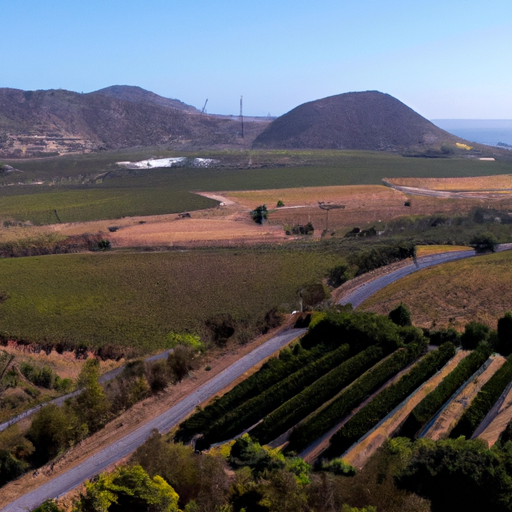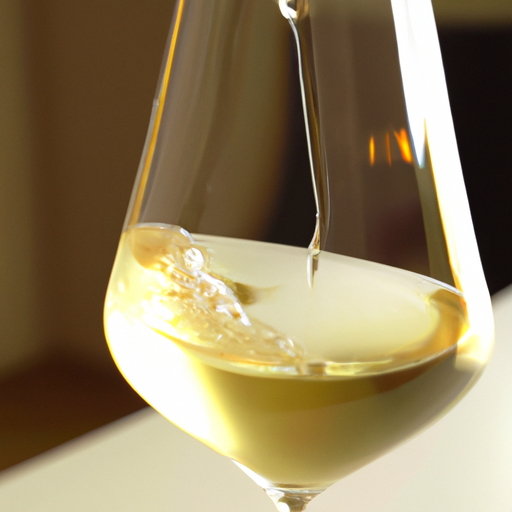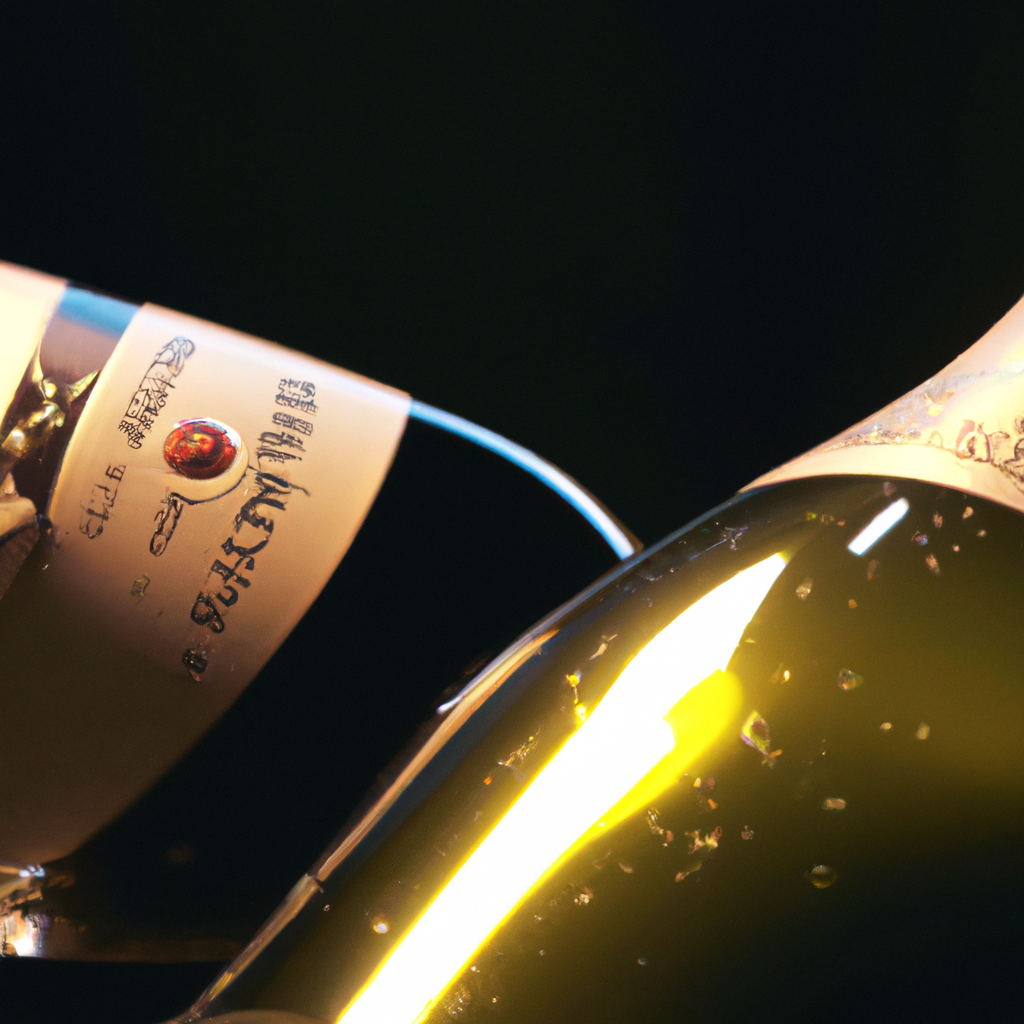Exploring the Rich Terroir of Chilean Coastal Wines
Chilean coastal wines have been gaining recognition and popularity in the wine world, thanks to their unique and distinct characteristics. The coastal region of Chile offers a diverse range of terroirs, which contribute to the production of exceptional wines. In this article, we will take a journey with WorldWineTravel to explore the rich terroir of Chilean coastal wines.
One of the key factors that make Chilean coastal wines stand out is the influence of the Pacific Ocean. The cool maritime climate, combined with the coastal breezes, creates ideal conditions for grape cultivation. The oceanic influence helps to moderate temperatures, resulting in a longer growing season and slower ripening of the grapes. This extended ripening period allows the grapes to develop complex flavors and aromas, resulting in wines with great depth and character.
The coastal region of Chile is also known for its diverse soil types, which further contribute to the unique characteristics of the wines. From the sandy soils of the Casablanca Valley to the granite and clay soils of the Limarí Valley, each terroir imparts its own distinct qualities to the wines. The combination of the oceanic influence and the diverse soils creates a wide range of flavor profiles, from crisp and citrusy whites to bold and structured reds.
One of the standout regions for coastal wines in Chile is the Casablanca Valley. Located just 30 kilometers from the Pacific Ocean, this valley benefits from the cool ocean breezes and the morning fog that rolls in from the coast. These climatic conditions make it an ideal region for the production of cool-climate varietals such as Sauvignon Blanc and Chardonnay. The wines from Casablanca Valley are known for their vibrant acidity, bright fruit flavors, and elegant minerality.
Moving further north, we come to the Limarí Valley, another region renowned for its coastal wines. The Limarí Valley is characterized by its limestone-rich soils and cool climate, which are perfect for the cultivation of Chardonnay and Syrah. The Chardonnays from this region are known for their crisp acidity, tropical fruit flavors, and subtle oak influence. The Syrahs, on the other hand, display intense aromas of black fruits, pepper, and spices, with a firm structure and velvety tannins.
In addition to Casablanca and Limarí, there are several other coastal regions in Chile that are worth exploring. The San Antonio Valley, for example, is known for its cool-climate Pinot Noir and Sauvignon Blanc. The Aconcagua Costa region, located just north of Casablanca, produces exceptional cool-climate Syrah and Sauvignon Blanc. These regions, along with others such as Leyda and Rapel, offer a wide range of coastal wines that showcase the diversity and quality of Chilean winemaking.
In conclusion, Chilean coastal wines are a true reflection of their terroir. The combination of the oceanic influence, diverse soils, and cool climate creates wines with unique characteristics and exceptional quality. Whether you are a fan of crisp whites or bold reds, there is a coastal wine from Chile that is sure to delight your palate. So, join us on a journey with WorldWineTravel and explore the rich terroir of Chilean coastal wines. Cheers!
Unveiling the Hidden Gems: Discovering Lesser-Known Chilean Coastal Wineries

Chilean wines have gained international recognition for their exceptional quality and unique flavors. While many wine enthusiasts are familiar with the renowned wineries in the Central Valley, the coastal regions of Chile offer a hidden treasure trove of lesser-known wineries that are producing exceptional wines. In this preview, we will take you on a journey with WorldWineTravel to discover these hidden gems and explore the distinct characteristics of Chilean coastal wines.
The coastal regions of Chile, including Aconcagua, Casablanca, San Antonio, and Leyda, are known for their cool climate and proximity to the Pacific Ocean. These factors create ideal conditions for growing grapes that result in wines with vibrant acidity, intense aromas, and a unique minerality. While the Central Valley is known for its red wines, the coastal regions specialize in producing outstanding white wines, particularly Sauvignon Blanc and Chardonnay.
One of the wineries we will visit is Viña Matetic, located in the San Antonio Valley. This family-owned winery is committed to organic and biodynamic farming practices, which contribute to the purity and expression of their wines. Matetic’s Sauvignon Blanc is a standout, with its crisp acidity, tropical fruit flavors, and a touch of saline minerality that reflects its coastal origins.
Moving further south to the Leyda Valley, we will explore the wines of Viña Garcés Silva. This boutique winery is known for its meticulous attention to detail and focus on producing limited quantities of high-quality wines. Their Amayna Sauvignon Blanc is a true representation of the Leyda Valley’s terroir, with its vibrant citrus notes, herbal undertones, and a long, refreshing finish.
Continuing our journey, we will visit Viña Casas del Bosque in the Casablanca Valley. This winery has gained international acclaim for its exceptional Chardonnay. The cool climate and ocean influence in this region result in wines with bright acidity, elegant structure, and complex flavors. Casas del Bosque’s Gran Reserva Chardonnay showcases the region’s potential, with its rich tropical fruit flavors, creamy texture, and a hint of toasty oak.
Heading north to the Aconcagua Valley, we will discover the wines of Viña Errázuriz. This historic winery has been producing wines since 1870 and is renowned for its commitment to quality and innovation. Errázuriz’s Aconcagua Costa Chardonnay is a true expression of the coastal terroir, with its vibrant acidity, citrus and stone fruit flavors, and a subtle mineral character that adds complexity to the wine.
As we conclude our journey through the Chilean coastal wineries, it becomes evident that these hidden gems offer a unique and exciting experience for wine lovers. The cool climate, ocean influence, and diverse terroir of the coastal regions contribute to the production of exceptional wines that showcase the true potential of Chilean viticulture.
Whether you are a seasoned wine enthusiast or a curious beginner, exploring the lesser-known wineries of Chile’s coastal regions is a must. The distinct characteristics of the wines, the breathtaking landscapes, and the warm hospitality of the winemakers make for an unforgettable experience. So, join WorldWineTravel on this journey and uncover the hidden gems of Chilean coastal wines. Cheers!
From Vine to Glass: The Winemaking Process of Chilean Coastal Wines
Chilean coastal wines are renowned for their exceptional quality and unique characteristics. The coastal region of Chile provides the perfect climate and soil conditions for growing a variety of grapes, resulting in wines that are rich in flavor and complexity. In this article, we will take a journey with WorldWineTravel to explore the winemaking process of Chilean coastal wines, from vine to glass.
The winemaking process begins with the careful selection of grape varieties that are well-suited to the coastal climate. The cool ocean breezes and moderate temperatures create an ideal environment for growing grapes that thrive in these conditions. Varieties such as Sauvignon Blanc, Chardonnay, and Pinot Noir are commonly grown in the coastal region, as they benefit from the coastal influence.
Once the grapes are harvested, they are carefully sorted and destemmed to remove any unwanted materials. This ensures that only the highest quality grapes are used in the winemaking process. The grapes are then gently crushed to release their juices, which will eventually become the wine.
Fermentation is a crucial step in the winemaking process, as it is during this stage that the sugars in the grape juice are converted into alcohol. In the case of white wines, the juice is typically fermented in stainless steel tanks at cool temperatures to preserve the delicate flavors and aromas. Red wines, on the other hand, are often fermented in oak barrels to add complexity and depth to the final product.
After fermentation, the wine is aged to further develop its flavors and aromas. This can be done in a variety of ways, including aging in oak barrels or stainless steel tanks. The length of the aging process depends on the type of wine being produced and the desired style. Some wines may only require a few months of aging, while others may benefit from several years.
Once the aging process is complete, the wine is carefully bottled and labeled. This is the final step in the winemaking process before the wine is ready to be enjoyed by consumers. The bottles are sealed with corks or screw caps to ensure that the wine remains fresh and free from oxidation.
Chilean coastal wines are known for their vibrant flavors and unique characteristics. The coastal climate and soil conditions contribute to the development of wines that are crisp, aromatic, and full-bodied. The cool ocean breezes and moderate temperatures help to retain the natural acidity of the grapes, resulting in wines that are refreshing and well-balanced.
When it comes to food pairings, Chilean coastal wines are incredibly versatile. The crisp acidity of white wines makes them a perfect match for seafood dishes, such as ceviche or grilled fish. Red wines, with their rich flavors and smooth tannins, pair well with grilled meats, hearty stews, and aged cheeses.
In conclusion, the winemaking process of Chilean coastal wines is a meticulous and artful journey from vine to glass. The careful selection of grape varieties, the gentle handling of the grapes, and the precise fermentation and aging techniques all contribute to the exceptional quality and unique characteristics of these wines. Whether you are a wine enthusiast or simply appreciate a good glass of wine, exploring the world of Chilean coastal wines is a journey worth taking.




